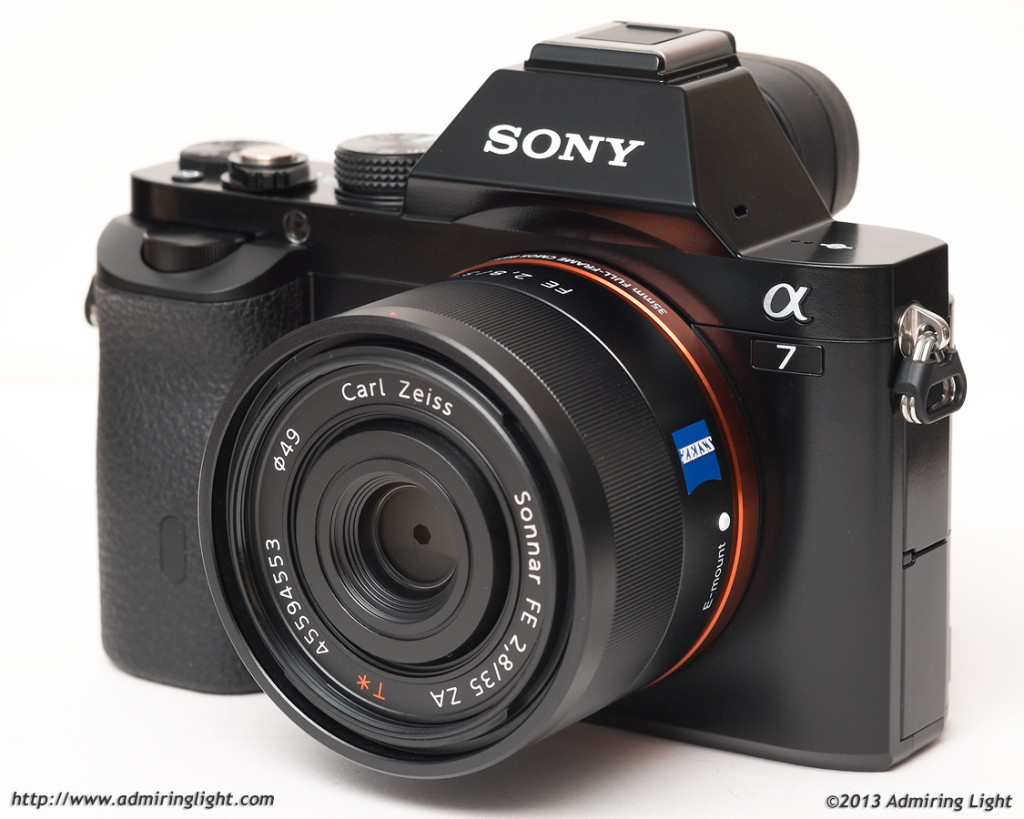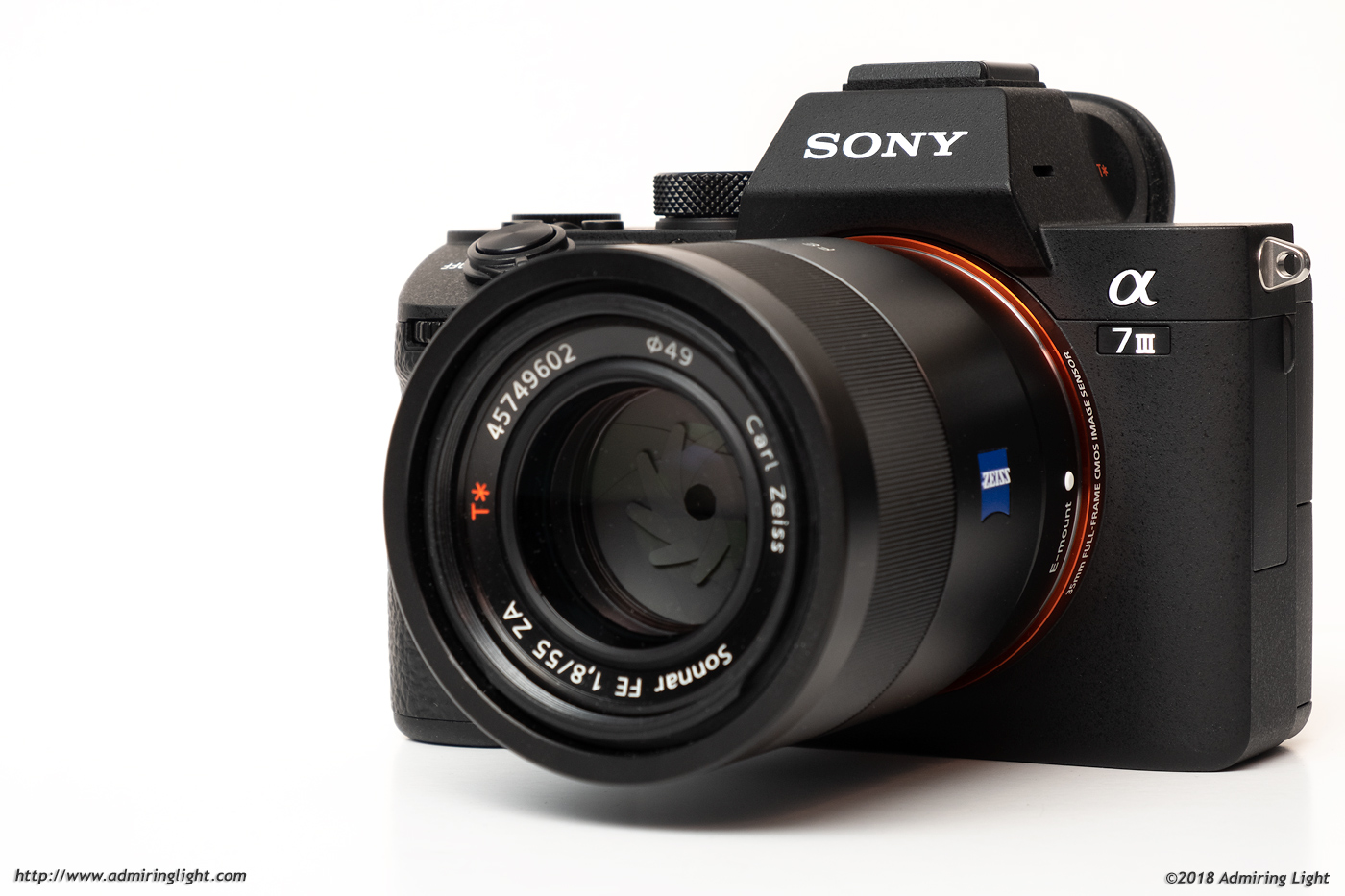

The Sony A7 IV might look like a clone of its predecessor, but there are quite a few subtle upgrades that collectively make it a much more enjoyable camera to use. Takes CFexpress Type A cards, which are rarer than Type B.Useful vari-angle touchscreen with Sony's latest UI.Modern 3.69-million dot electronic viewfinder.Its closest rival is the Canon EOS R6 ($2,499 / £2,499 / AU$4,499), which is lower-resolution at 20MP, but offers faster 20fps burst speeds. This premium may lead many photographers and videographers to think twice before hitting the 'buy' button, particularly as lower-powered but impressive alternatives like the Nikon Z5 are less than half the price.īut when you consider the A7 IV's across-the-board upgrades, and its impressive hybrid power, that price tag isn't too excessive compared to the competition. The A7 IV's price is a hike of around 20%-30% over the Sony A7 III, depending on which region you're in – this pushes the A7 IV away from its 'entry-level' full-frame heritage, though it remains a more affordable all-rounder than the Sony A1 and new high-resolution Sony A7R V. Early stock levels were quite low, but at the time of writing those issues have now eased and the camera is widely available. It's undoubtedly one of the best cameras for photography, and a fine choice for video, too. With Sony's latest G Master lenses on hand to make the most of that 33MP resolution, it offers pro-level quality that just about gives it the edge over the Canon EOS R5 and Canon EOS R6, even if those cameras do offer superior burst-shooting speeds.

That spare change could buy you a very nice lens to support your preferred style of photography or video.īut if you do shoot a fairly balanced mix of photos and video, and need a powerful hybrid camera that'll last you for years, then the Sony A7 IV should be right at the top of your shopping list. For those who are new to full-frame cameras, it's arguably overkill when you consider the existence of the Nikon Z5 ($1,699 / £1,719 / AU$3,099) and Panasonic Lumix S5 ($1,999 / £1,799 / AU$3,199). At $2,499 / £2,400 / AU$$4,299 (body only), it's moved into another bracket compared to the entry-level A7 III. Max burst: 10fps, up to 828 raw+JPEG (with CFexpress Type A card)Īnd then there's the price tag. LCD: 3-inch fully articulating touchscreen, 1.04m dots Memory cards: 1x CFexpress Type A/SD UHS-II, 1x SD UHS-II Viewfinder: 3.69 million-dot Quad VGA EVF Video: 4K/30p, or 4K/60p with Super35 crop AF points: 759-point hybrid phase/contrast-detect


 0 kommentar(er)
0 kommentar(er)
